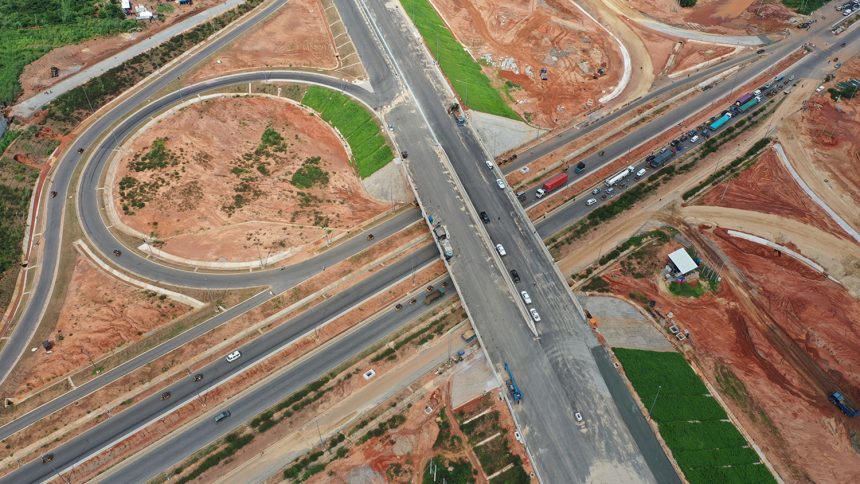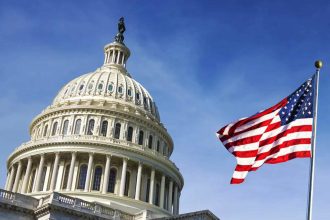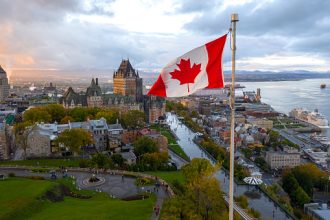Nigeria is embarking on a major infrastructure project to build a $2 billion coastal highway spanning 700 kilometres from the bustling commercial hub of Lagos to the strategic port city of Calabar, located near the nation’s border with Cameroon.
The primary objective of this ambitious endeavor is to significantly reduce travel time between the two cities, currently averaging around 10 hours on the existing 760-kilometer road network, as reported by local media sources.
Initial discussions surrounding the construction of this coastal highway began over a decade ago, and now, with concrete plans in motion, the project aims to leverage portions of the existing road infrastructure while also veering inland to incorporate the city of Onitsha in Anambra State. Notably, the completed 1.6-kilometer-long Second Niger Bridge, constructed by local contractor Julius Berger, is expected to serve as a crucial link along this route.
Furthermore, the oil-rich city of Port Harcourt is anticipated to reap substantial benefits from the improved connectivity facilitated by the new highway.
Reports suggest that the preferred construction method for the highway will involve utilizing 11-inch-thick reinforced concrete, a choice intended to stimulate local cement and steel production, thereby bolstering domestic industries.
The initial phase of the project will focus on developing a 47-kilometer stretch near Lagos, with this segment already awarded to the local firm, Hitech Construction Africa. However, the entirety of the project is projected to span a duration of approximately eight years.
This infrastructure initiative holds significant promise for enhancing regional connectivity, fostering economic growth, and improving transportation efficiency across Nigeria. Moreover, by prioritizing local construction companies and materials, the project aims to stimulate domestic industries and create employment opportunities.
As Nigeria continues to pursue ambitious infrastructure development projects, such as this coastal highway, it underscores the country’s commitment to modernization and economic advancement, positioning it for sustained growth and prosperity in the years to come.















